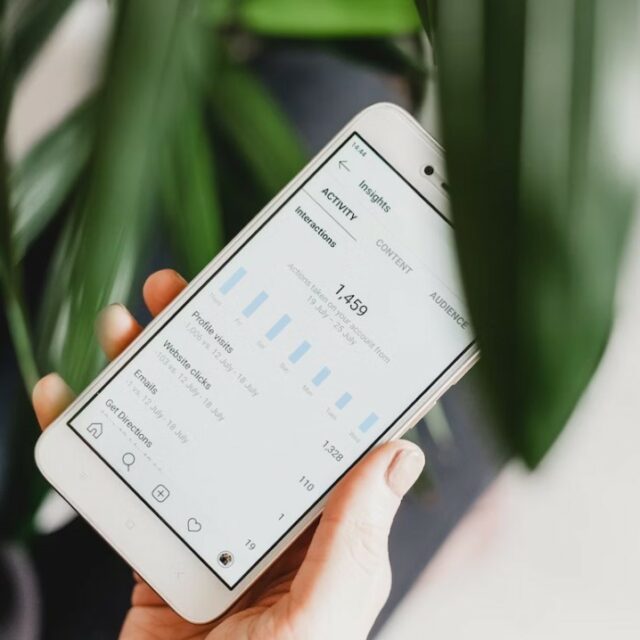What is statistical significance? For some, the term can be misleading. So, before we answer the question, “What makes your survey statistically significant,” let’s determine just what we mean by the term. Let’s break it down:
- The word significant to most of us means something is important.
- For statisticians, significant means something is probably true, and it leaves nothing to chance.
Bottom line – in surveys, something that is significant is most likely probably true, but it doesn’t always have to be important. So, the “trueness” of your survey is what’s important.
According to one source, your survey is statistically significant when it is large enough to accurately represent the population sample being surveyed.
This brings us to the topic of this article. We’re going to look at how many people you need to respond to your survey for it to be statistically significant. In other words, how many respondents do you need to trust your survey results?
You’ll find there are a few things to take into consideration when considering if your survey is statistically significant.
Population Size
When we talk about population, this is the group of people to be surveyed. As your population grows, you can usually get a better response.
Sampling Error Tolerance
Ask yourself how accurate your results should be. If you are surveying your population with soft questions, your results don’t necessarily have to be spot on.
If you’re making major business and financial decisions, you have little tolerance for sampling errors.
Response Variance
Consider your survey as a moving object. If you begin your survey, and the responses are all very similar, then perhaps you don’t need to continue the survey.
If the answers are vastly different, you might continue with the survey, polling more and more of your population.
If the variance is large, you would continue to survey for more statistical significance.
Final Thoughts
Now that you know what makes your survey statistically significant, you want to know how many people to invite to your survey.
If you know your expected response rate, you can decide how big of a population to survey.
For example, if you want 100 responses, and you expect that 25% of the people will respond to you, you should invite 400 people to take the survey.
The math is straightforward: 25% of 400 people is 100 responses. Here’s another example:
If you want 1000 responses, and you expect that 30% of the population will respond, you should invite 3,333 people to your survey.
The formula is n (respondents needed) divided by the response rate percentage equals the number of surveys to send.
In the long run, it’s always better to invite more people then less, especially if you don’t know how many people will respond. (tweet this)
Surveys help you make the best decisions for your business. Are you ready to get started with your free Survey Town trial? Start with your free account today, and you can upgrade at any time.
Image: Mauro Mora




